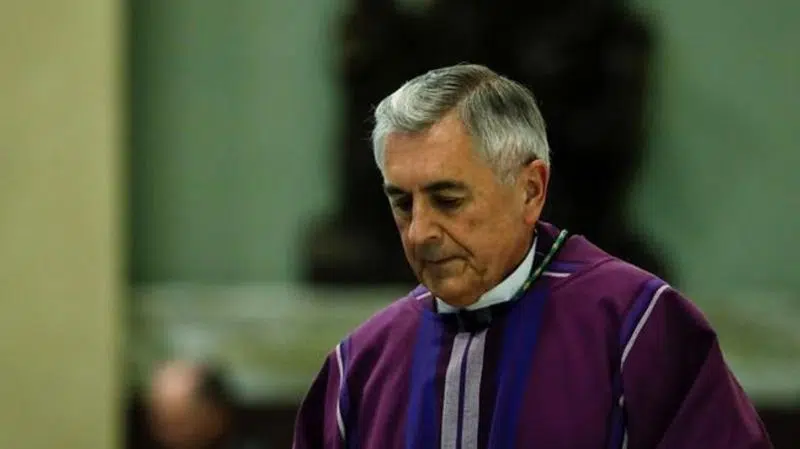
Another Catholic diocese seeks bankruptcy after abuse deals
HARRISBURG, Pa. — The Roman Catholic Diocese of Harrisburg, Pennsylvania, filed for bankruptcy Wednesday, six months after disclosing it had paid millions of dollars to people sexually abused as children by its clerics.
The diocese joins at least 20 others across the United States in seeking protection from creditors through the federal bankruptcy system, but it is the first diocese in Pennsylvania to take such a step.
In August, the diocese said it paid 106 people a total of just over $12 million to compensate for claims of sexual abuse they suffered as children from its clerics, deacons and seminarians. Six others did not accept payment offers from the diocese.
The filing in Harrisburg federal bankruptcy court said the diocese “faces potentially significant exposure from remaining claimants” and wants Chapter 11 reorganization to provide money for unresolved claims and perform its ministry and other operations.


